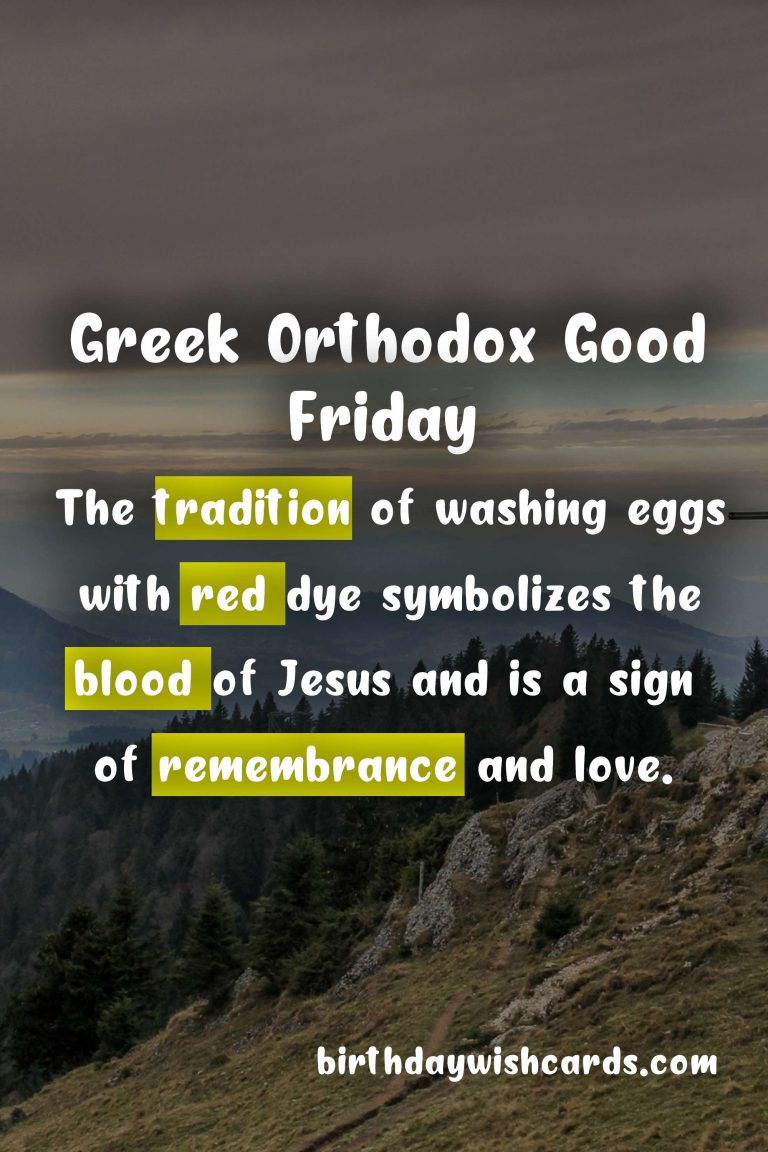Greek Orthodox Good Friday: A Sacred Day of Reflection
Greek Orthodox Good Friday is a deeply solemn and sacred day observed by Orthodox Christians around the world. It marks a time of profound reflection, mourning, and remembrance of the ultimate sacrifice made by Jesus Christ. Unlike many Western Christian traditions, the date of Greek Orthodox Good Friday changes each year, as it is determined by the traditional Julian calendar.
This observance is closely tied to the timing of Orthodox Easter, which is celebrated on the first Sunday following the full moon after the vernal equinox. As a result, Greek Orthodox Good Friday can fall on different dates each year, often differing from the Good Friday observed by Western Christian denominations.
For instance, in 2021, Greek Orthodox Good Friday was commemorated on April 30th. Depending on the year, this holy day can occur as late as mid-May. Its timing is significant, as Good Friday comes just before Orthodox Easter—the most important and joyous celebration in the Orthodox Christian calendar.
The Deep Significance of Greek Orthodox Good Friday
Within the Orthodox Church, Good Friday is also known as Holy and Great Friday. It solemnly commemorates the crucifixion, death, and burial of Jesus Christ. On this day, the faithful reflect on the immense suffering and sacrifice that Christ endured for the redemption and forgiveness of humanity’s sins.
Good Friday is not only a day of remembrance but also of spiritual discipline. Orthodox Christians observe a strict fast, abstaining from meat and other animal products. This fasting is part of Great Lent—a 40-day period of preparation for Easter, marked by prayer, repentance, and self-denial.
Special church services are held on Good Friday, featuring poignant rituals such as the Vespers of the Taking-Down from the Cross and the Lamentations at the Tomb. These services invite the faithful to participate contemplatively in the Passion of Christ, fostering a deep sense of reverence and connection.
Traditional Customs and Rituals on Greek Orthodox Good Friday
One of the most visually striking traditions is the decoration and procession of the Epitaphios—a richly embroidered cloth or canopy symbolizing the tomb of Christ. Adorned with flowers and candles, the Epitaphios reflects both mourning and hope. It is carried in solemn processions around the church

